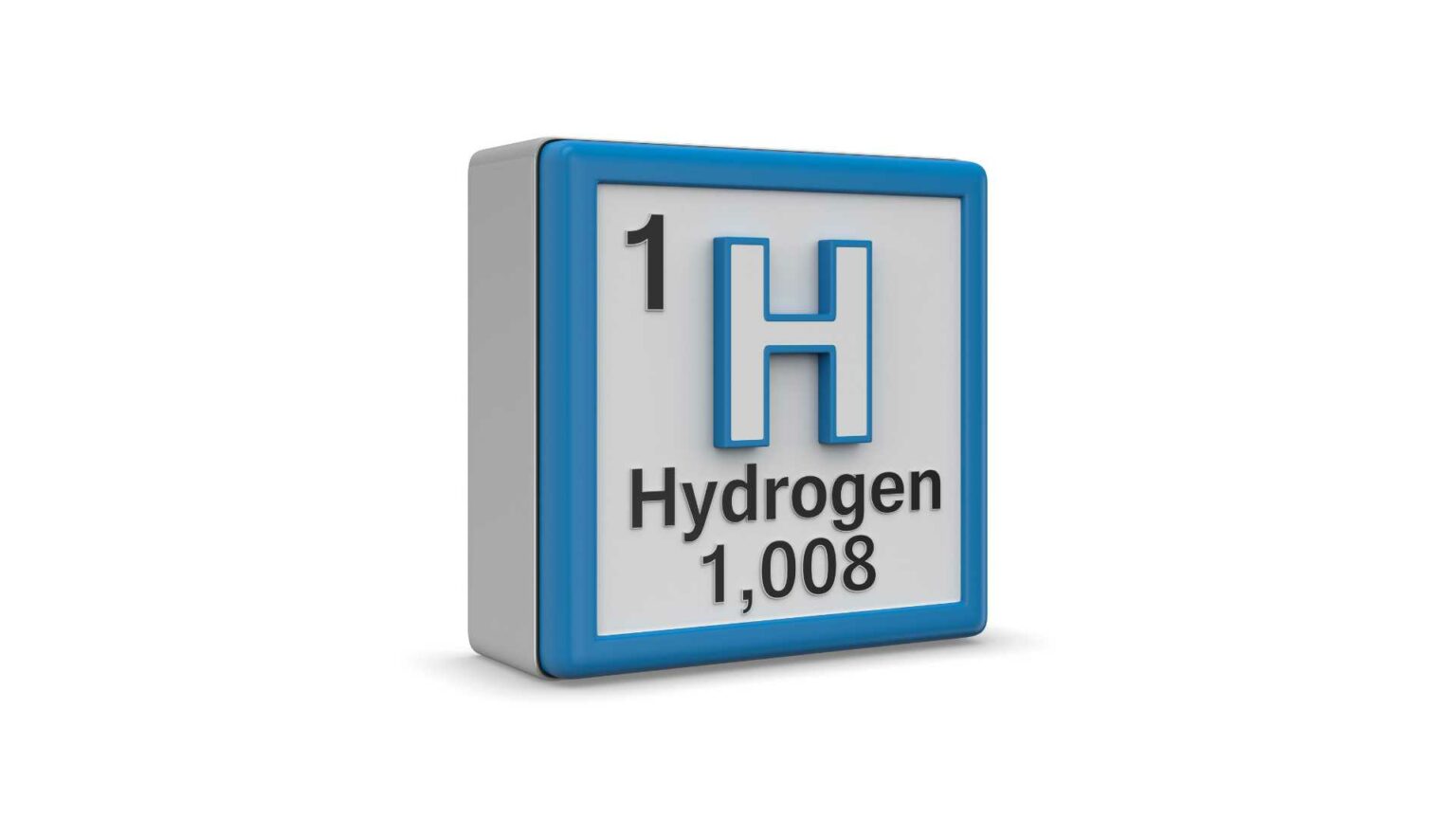In an era where the demand for clean and sustainable energy sources is paramount, the integration of nuclear power and hydrogen production has emerged as a promising solution to boost profitability and transform the energy landscape.
Nuclear power plants have long played a significant role in generating electricity. In the United States, these facilities were responsible for producing 18% of the country’s electricity in 2022. However, despite their contribution to the energy grid, nuclear power plants face challenges, including cost inefficiency and the inability to swiftly respond to fluctuations in energy prices.
To overcome these hurdles and enhance the profitability of nuclear energy, researchers at the University of Toledo, in collaboration with the Idaho National Laboratory of the U.S. Department of Energy, have introduced a pioneering concept – integrated renewable nuclear energy systems. This innovative approach combines nuclear power plants with hydrogen electrolyzers and fuel cell systems.
When electricity demand on the grid is low, and the price of electricity is less than the operating costs of nuclear power plants, surplus energy is diverted to hydrogen production. Electrolysis technology is employed to generate hydrogen gas, which is then stored for future use. This surplus hydrogen can also be supplied to chemical manufacturers as a sustainable raw material.
This system, known as energy trading, allows multiple stakeholders to exchange and distribute electricity based on dynamic grid pricing. It has the potential to increase revenue for electricity providers while reducing costs for consumers. The challenge lies in optimizing the timing of transitions between different operating modes, a task that can be effectively handled by deep reinforcement learning, a form of machine learning.
The machine learning model used in this study predicted that the integration of hydrogen production with nuclear power would lead to a substantial 27% increase in revenue over a period of 120 days. This innovative approach not only enhances profitability but also contributes to reducing carbon emissions, reinforcing the commitment to green and sustainable energy.
As the world continues its transition to cleaner energy solutions, the fusion of nuclear and hydrogen power presents a promising future for the energy sector. By addressing the challenges of nuclear power and introducing innovative technologies, the energy landscape is poised to become more sustainable, efficient, and economically viable.
In a related context, a report from the International Energy Agency projects the capacity of electrolysis for hydrogen production to reach 175 gigawatts by 2030, provided that announced projects are implemented. This surge in capacity indicates a significant acceleration in the electrolysis sector. While the capacity of electrolysis has not yet surpassed 0.1% of global hydrogen production, the future holds great promise. Projects in the pipeline are poised to triple the capacity to 2 gigawatts by the end of 2023, equivalent to 0.2 million tons of clean hydrogen production.





